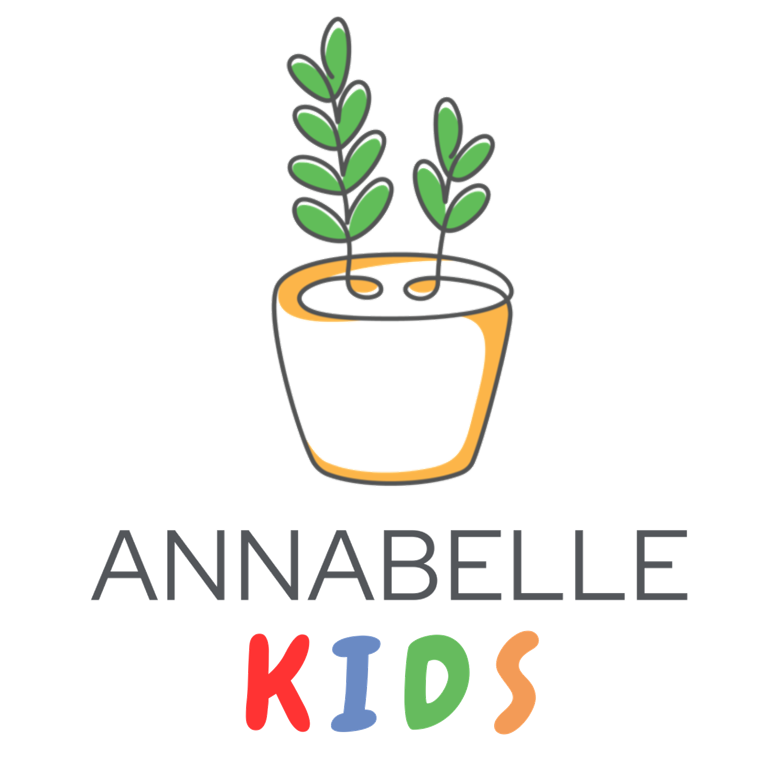Speech & Language
Verbal Dyspraxia (Childhood Apraxia) Pathway
Verbal Dyspraxia is a neurological childhood speech sound disorder in which the precision and consistency of movements underlying speech are impaired in the absence of neuromuscular difficulties (e.g. abnormal reflexes, abnormal tone).
Pupils with verbal dyspraxia may present with inconsistent errors on consonants and vowels, syllables, or words. Lengthened and disrupted coarticulatory transitions between sounds and syllables. Inappropriate rate, rhythm and speech intonation patterns.
Intervention approaches will target speech production and focus on helping the child achieve the best intelligibility and comprehensibility possible. However, when there are concerns that oral communication is not adequate, AAC may also be used to provide functional communication.
Length of intervention
10 sessions delivered weekly
Prerequisites
Recent Assessment
Referral Criteria
Ψ Difficulty with co-ordination and sequencing of speech articulators in order to make the necessary movements for speech
Ψ May have inconsistent productions across sounds or words and have issues with vowel production
What we will work on
Ψ Sequencing and co-ordination of speech sounds and movements needed to sequence words
Ψ Articulatory placement of consonants and vowels
Ψ Multi-syllabic words
What we want to accomplish
Ψ Clearer speech
Ψ More able to co-ordinate speech articulators, voice and breathing
Ψ Produce words and sentences more accurately
